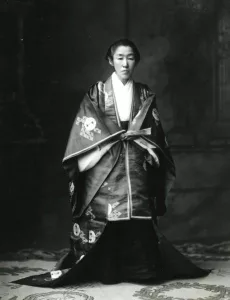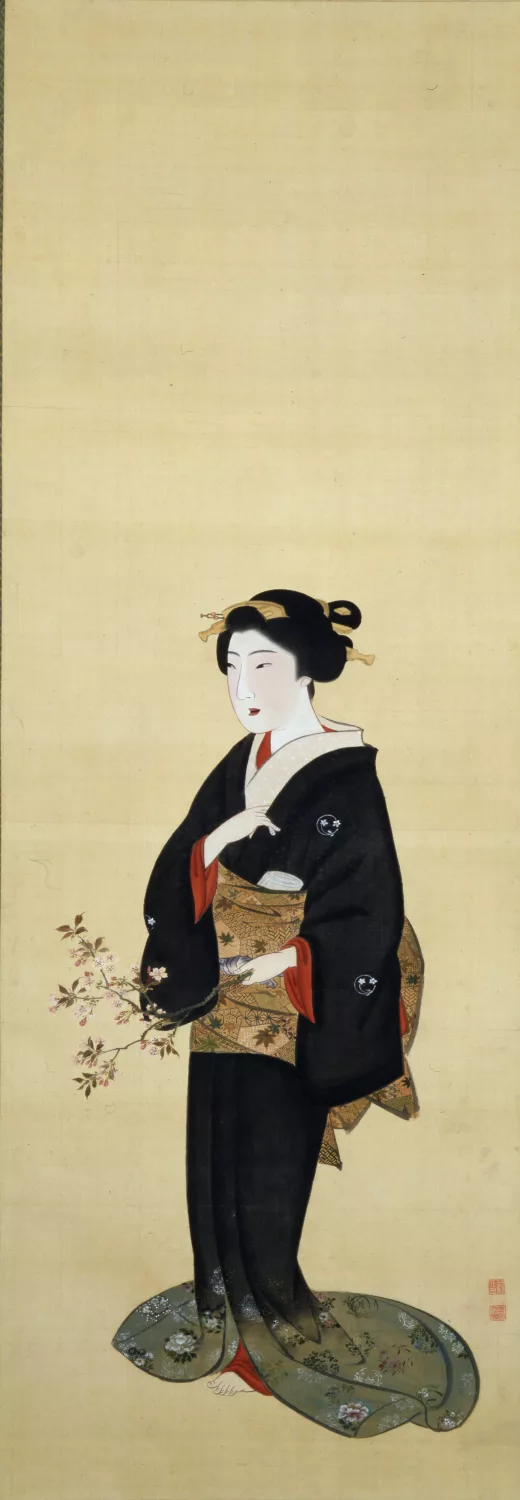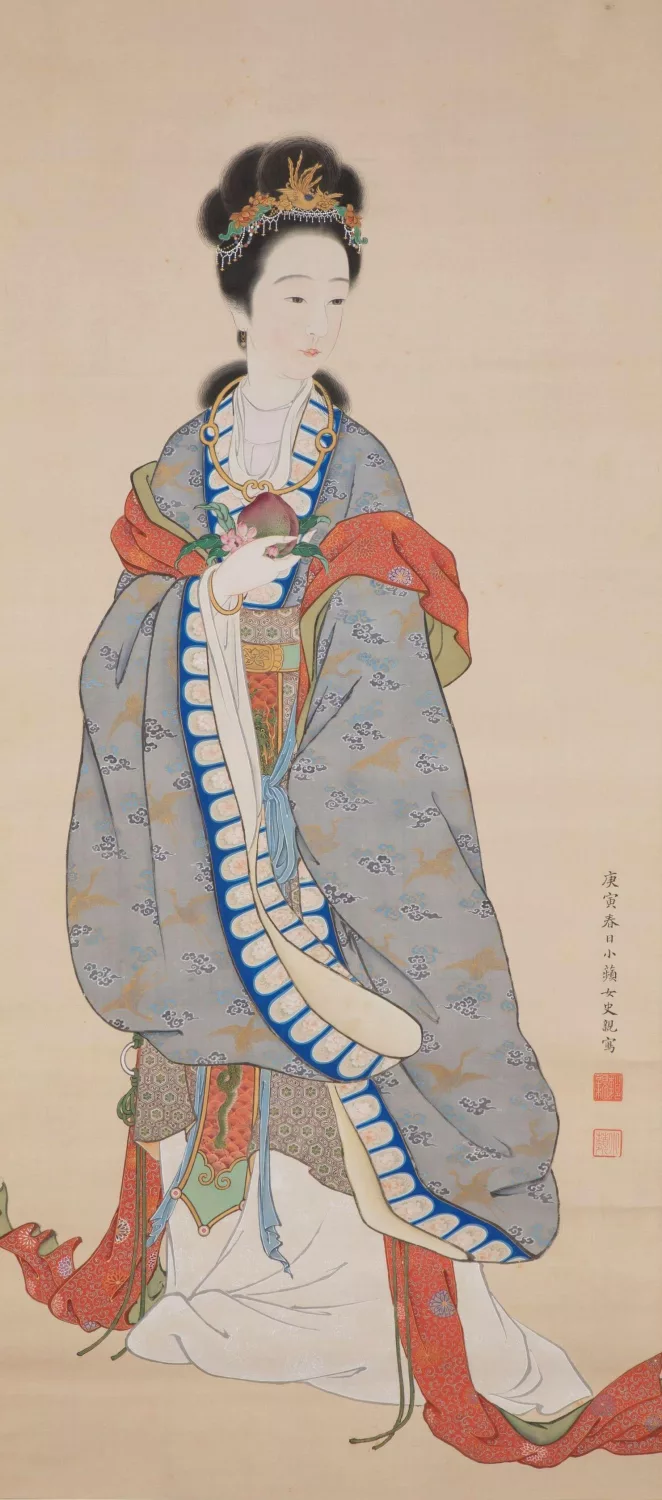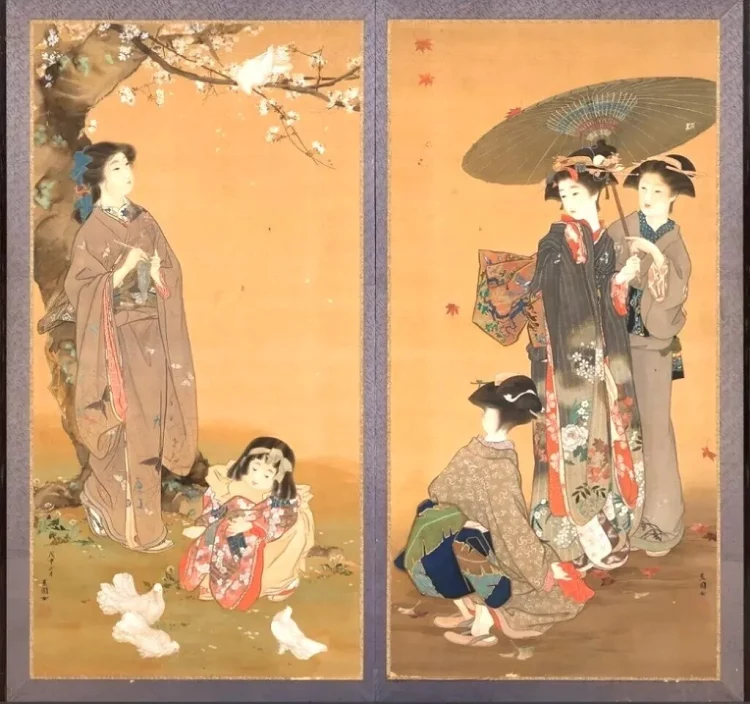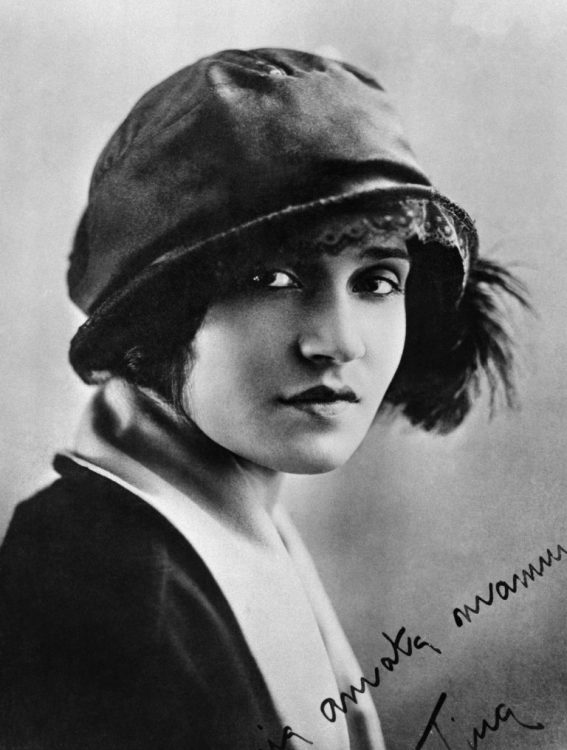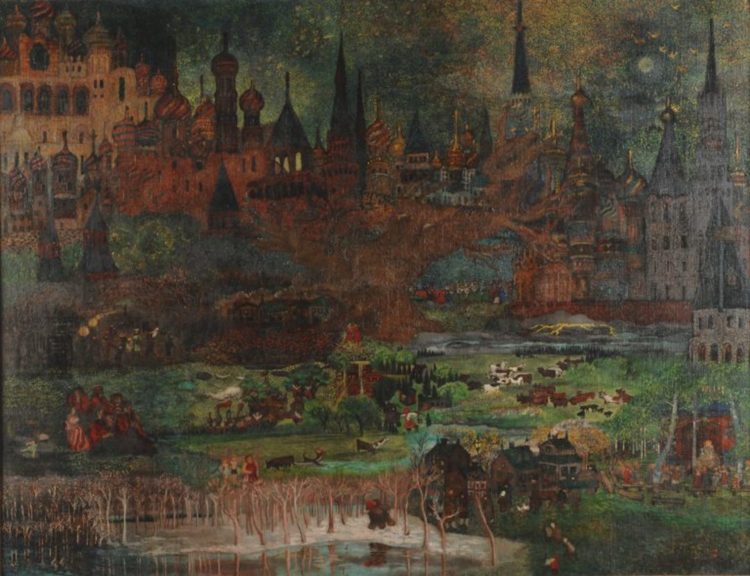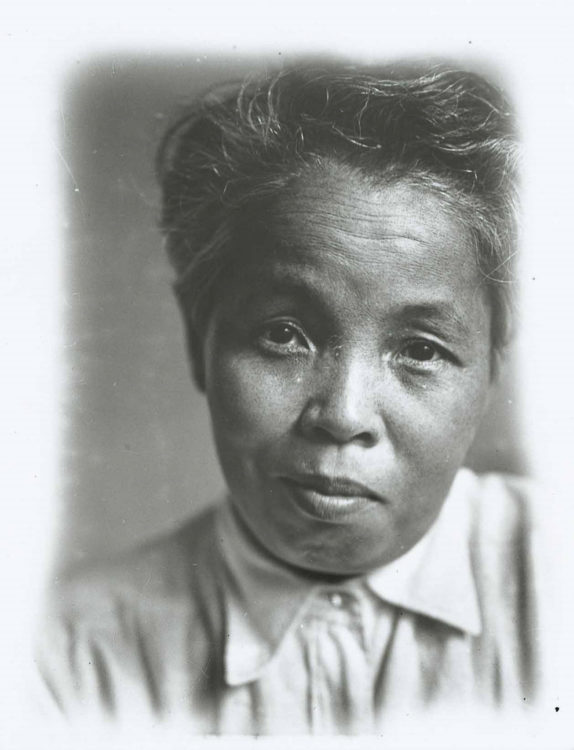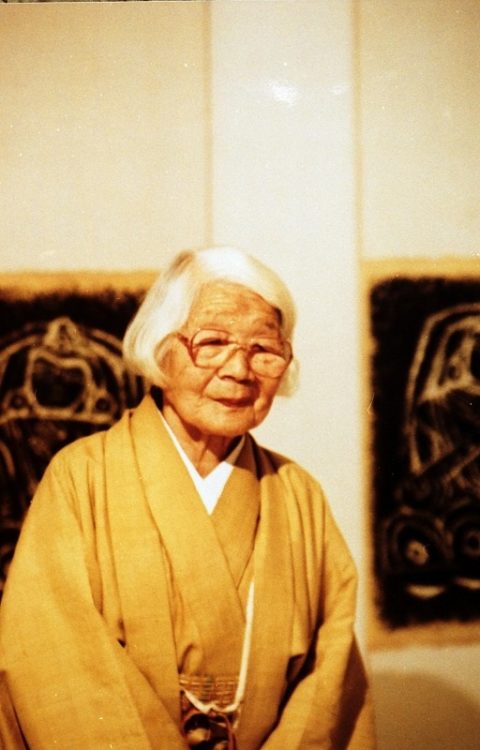Shohin Noguchi
Yamamori, Yayoi, « Noguchi Shohin’s Landscape Paintings : Shinkei Zu and Subsequent Development », Women Painters Research Research Report Noguchi Shohin : Women Nanga Artist in Modern Times, Tokyo : Jissen Women’s University Kosetsu Memorial Museum, 2019, 66-72
→Akira Hirabayashi, « 100 Years after the Death of Noguchi Shohin and 100 Years to Come », 100 Years after the Death of Noguchi Shohin, Yamanashi Prefectural Museum of Art, 2017, 5-7
→Yayoi Yamamori, « Deux femmes artistes impériales : Shohin et Shoen », Shoen et Splendid Women Painters, Tokyo : Yamatane Museum of Art, 2015, 8-16
Noguchi Shohin: Women Nanga Painters of Modern Times, Kosetsu Memorial Museum, Jissen Women’s University, October 8-December 1, 2018
→100 Years after Her Death: Noguchi Shohin, Yamanashi Prefectural Museum of Art, January 21-February 26, 2017
→Court Painter of the Meiji Era: Noguchi Shohin and Modern Nanga, Yamanashi Prefectural Museum of Art, Yamanashi, April 23-June 51, 2005
Japanese painter.
Shohin Noguchi was a painter born at end of the feudal Edo period who then lived through the entire Meiji period and into the Taisho era. Adapting to the modernization of Japan’s art institutions and new opportunities for women’s social advancement, she established her own style of painting. In particular, she was a pioneering example of modern female professional artists who achieved economic independence through their work, winning, in her case, significant social prestige as a painter.
Shohin—who used her given name as her art name (as was common among artists in Japan in this period)—was not born into an environment conducive for a career as a painter. She traveled widely from around her mid-teens, accompanied by her parents, and doing what art she could along the way. The death of her father from illness in 1862 meant she had to strike out alone as a painter despite her immaturity. Between around 1865 and 1868, Noguchi was in Kyoto, where she studied under Hine Taizan (1813–1869), the giant of the Kansai nanga (literati) painting school, learning the key components of that style like mountains, water, flowers and birds. Around this time, however, Shohin also produced many paintings in the bijinga (portraits of beautiful women) genre, such as Picture of a Beauty(1866–68, Jissen Women’s University Kosetsu Memorial Museum), which resembles the style of ukiyo-e bijinga.
During her years in Kyoto, Shohin cultivated contacts and frequented banquets attended by politicians, intellectuals, and wealthy merchants, including the Meiji statesman Kido Takayoshi (1833–1877). Even after moving to Tokyo in 1871, she was actively involved in a network of intellectuals, expanding her sphere of activities. From 1872, conscious of what was popular among the literati during the early Meiji years, she started making bijinga paintings with several figures in Japanese clothing to cater to these tastes. Elegant Gathering of Beauties (1872, private collection) features nine women in Japanese attire variously playing musical instruments, painting, and reading in a Chinese-style garden with a banana tree, emperor oak, bamboo, taihu stone, and ceramic chairs.
In 1877, she married a Shiga saké brewer, Masaaki Noguchi (1849–1922) and gave birth the following year to a daughter, Ikuko (1878–1945). For three years, beginning in 1879, she resided in Kofu, where the Noguchi family business was located, but her husband’s work did not go well and he left the business. This led Shohin to return to Tokyo in 1882, where she started painting properly again in order to provide for her family.
As her exhibitions in Japan began to increase, Shohin shifted the core of her activities from tours that relied on wealthy provincial patrons to presenting work directly at exhibitions, where she became showered with awards. In 1886, her painting Two Qiaos Reading a Book on Military Strategy (private collection) was shown at the Far East Painting Show, winning the bronze medal, and was purchased by the Imperial Household Agency. In 1889, she was appointed a lecturer at the Peeresses’ School (now Gakushin). In 1890, she exhibited Queen Mother of the West (private collection) at the 3rd National Industrial Exhibition, winning Second Prize, and was commended by the Japan Art Association judges.
In 1893, she exhibited a painting, Yashu Shiobara Tengu Rock (whereabouts unknown), at the World’s Columbian Exposition in Chicago, and again received an award. Around this time, Shohin’s painting underwent a shift from the bijinga genre to sansuiga (mountain and water) landscapes. As she steadily improved her skill in this mode by making repeated, realistic studies, as well as copies of Ming and Qing paintings, she succeeded in producing a layered, constructed, and magnificent example of landscape painting with the folding screenSpring-Autumn Landscape (1895, Seikado Bunko Art Museum).
As Shohin’s social status rose, her connections to the Imperial Family deepened. From 1899, she was appointed as painting tutor to five female members of the Imperial Family, including the emperor’s daughter. In 1907, Shohin painted the folding screen View of Hakone(Yamane Museum of Art) as a gift to Princess Masako Takeda (1888–1940) for her wedding. In this way, her close involvement with the female royals further boosted her prestige as a painter.
In 1904, Shohin became the first female Imperial Household Artist, a position overseen by the Imperial Household Agency. In 1907, she served as one of the judges for the inaugural Japan Fine Arts Exhibition and was conferred the Seventh Rank of the court in 1908.
In 1915, Shohin was commissioned to paint Folk Song of the Yuki Provinces (Museum of the Imperial Collections, Sannomaru Shozokan). This was one of the folding screens displayed on either side of the emperor and empress at a court banquet following the first Daijo-sai thanksgiving ceremony held after the enthronement of Emperor Taisho. Two leading Japanese artists are always chosen to paint these screens. On this occasion, Seiho Takeuchi (1864–1942) was selected to represent West Japan with Folk Song of the Suki Provinces(Museum of the Imperial Collections, Sannomaru Shozokan), while Shohin was chosen to represent East Japan. She remains the only female painter ever to have been commissioned for one of these folding screens.



